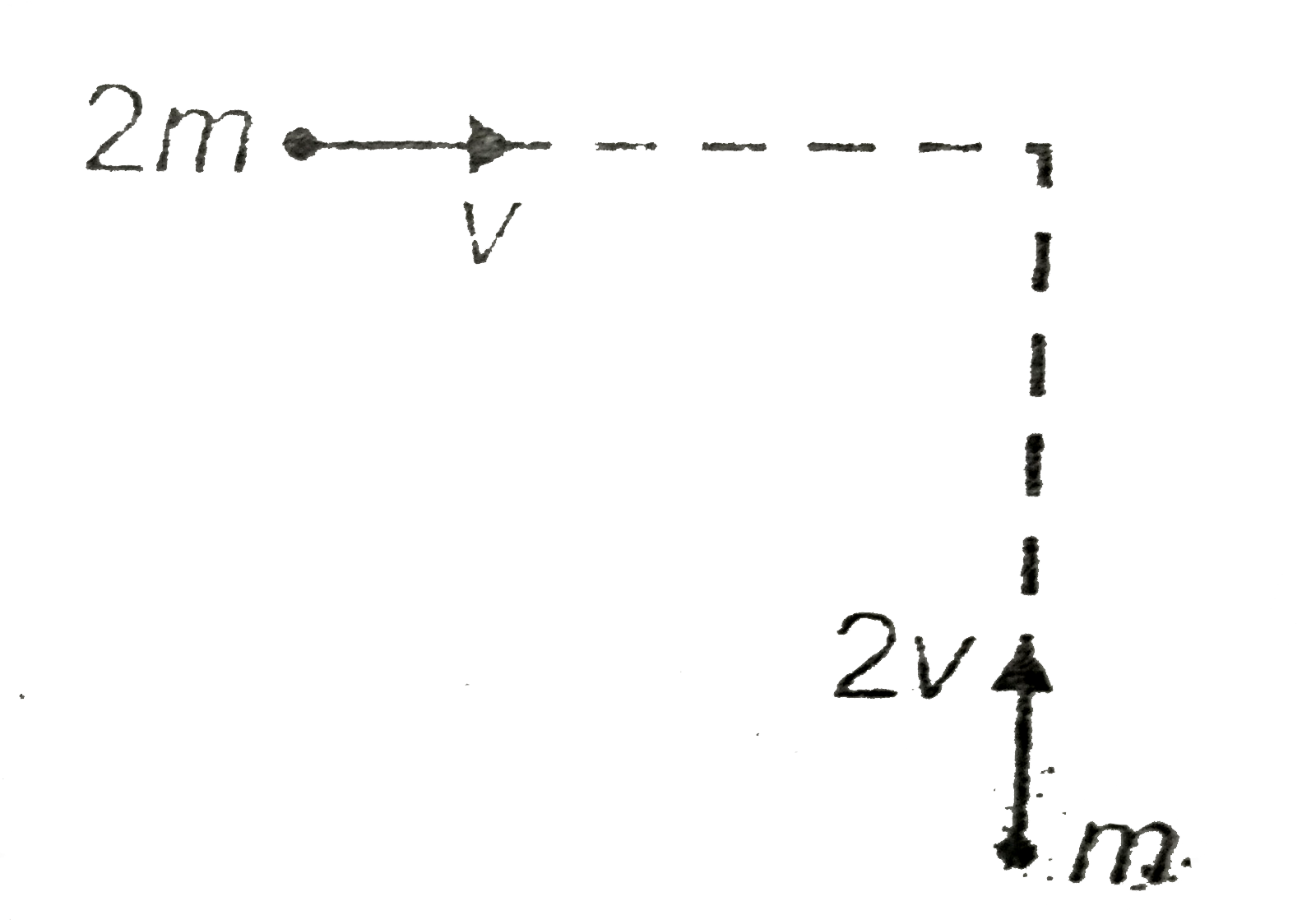If mass of an atom is M and it is moving with speed v, what be its speed after the emission of an α - particle if speed of α - particle is zero ?
MvM+2
MvM−4
MvM+4
M−4Mv
The correct Answer is:B
Topper's Solved these Questions
- WORK POWER ENERGYBOOK - AAKASH SERIESCHAPTER - WORK POWER ENERGYEXERCISE - EXERCISE - 1B
39 Videos
- WORK POWER ENERGYBOOK - AAKASH SERIESCHAPTER - WORK POWER ENERGYEXERCISE - EXERCISE - 2
107 Videos
- WORK POWER ENERGYBOOK - AAKASH SERIESCHAPTER - WORK POWER ENERGYEXERCISE - EXERCISE - 3
61 Videos
- WORK -POWER-ENERGYBOOK - AAKASH SERIESCHAPTER - WORK -POWER-ENERGYEXERCISE - PRACTICE SHEET (ADVANCED) (STRAIGHT OBJECTIVE TYPE QUESTIONS)
36 Videos
- WORK, POWER & ENERGY BOOK - AAKASH SERIESCHAPTER - WORK, POWER & ENERGY EXERCISE - PRACTICE EXERCISE (PERFECTLY INELASTIC COLLISIONS)
5 Videos
Similar Questions
If mass of an atom is M moving with speed v, what will be its speed after the emission of an α-particle if speed of α-particle is zero ?
View SolutionTwo particles of mass 2m and m moving with speed v and 2v respectively pependicular to each other collides perfectly inelastically, then

Speed of the particles after collision
View Solution
Knowledge Check
If mass of an atom is M moving with speed v, what will be its speed after the emission of an α-particle if speed of α-particle is zero ?
AMvM+2BMvM−4CMvM+4DM−4MvA particle of mass m initially moving with speed v.A force acts on the particle f=kx where x is the distance travelled by the particle and k is constant. Find the speed of the particle when the work done by the force equals W.
A√km+v2B√2Wm+v2C√2Wk+v2D√W2m+v2A particle of mass m moving eastward with a velocity V collides with another particle of same mass moving northwards with the same speed V. The two particles coalesce and the new particle moves in NE direction. Calculate magnitude and direction of velocity of new particle.
Av/2B2vCv/√2Dv
Two particles of mass 2m and m moving with speed v and 2v respectively pependicular to each other collides perfectly inelastically, then

Speed of the particles after collision
View SolutionMass number of a nucleus X is A and atomic number is Z. Find mass number and atomic number of the new nucleus (say Y) after the emission of m-alpha particles and n-beta particles.
View SolutionMass number of a nucleus X is A and atomic number is Z. Find mass number and atomic number of the new nucleus (say Y) after the emission of m-alpha particles and n-beta particles.
View SolutionA particle of mass m initially moving with speed v.A force acts on the particle f=kx where x is the distance travelled by the particle and k is constant. Find the speed of the particle when the work done by the force equals W.
View SolutionA particle of mass 'm' is moving along a circle of radius 'r'. At some instant, its speed is 'v' and it is gaining speed at a uniform rate'a', then, at the given instant, acceleration of the particle is :
View Solution
